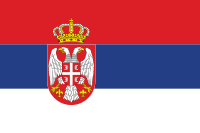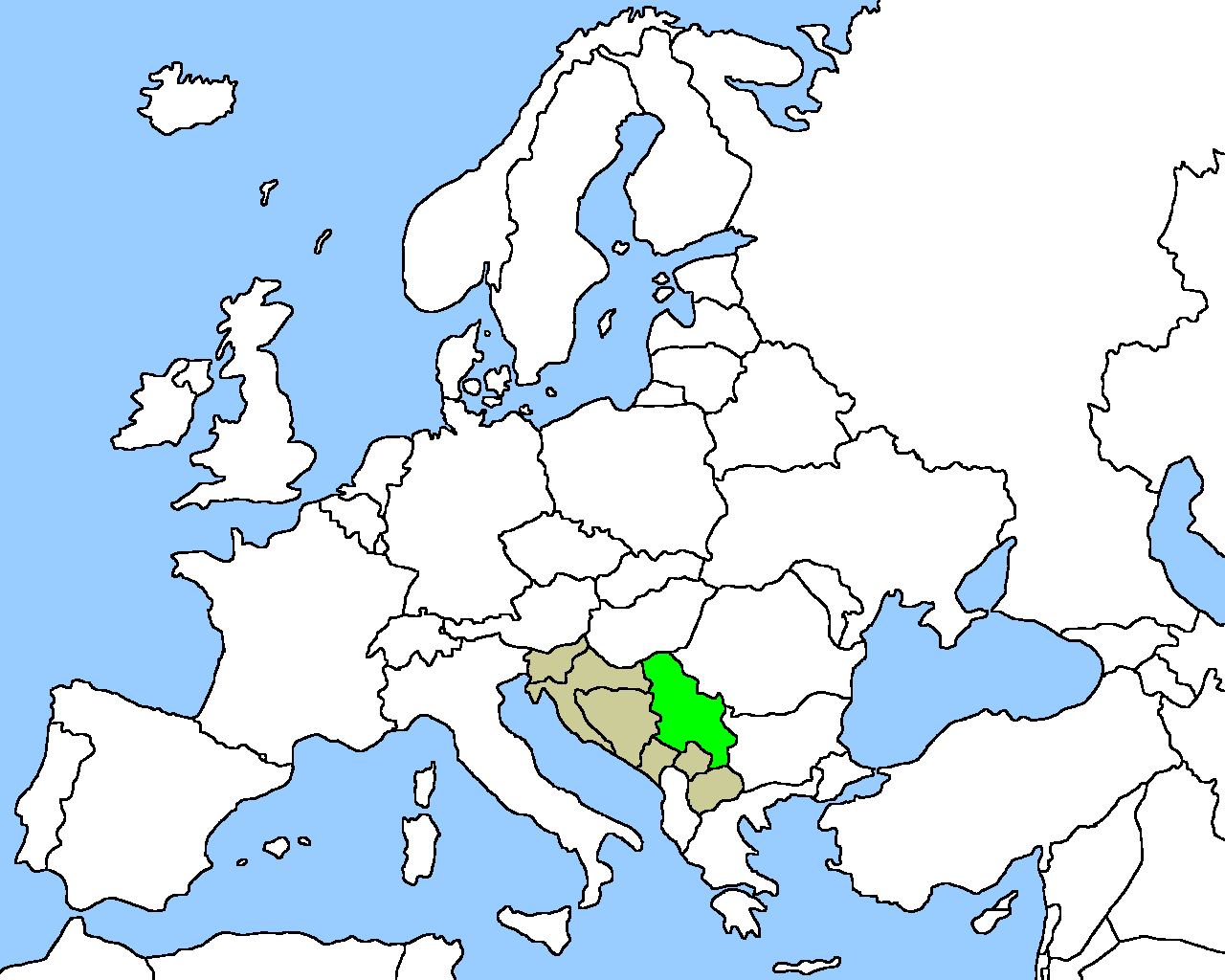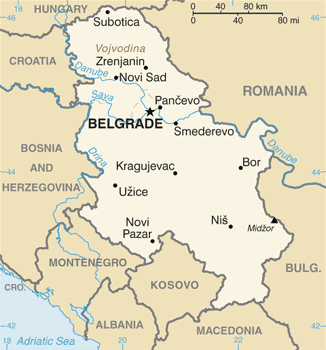 |
Republic of Serbia |
 |
(Република Србија, Republika Srbija) |
UTC
Location, political and cultural history
Written Serbian has two forms; it can be set down either in the Latin alphabet or in the Serbian Cyrillic alphabet (Српска ћирилица). Hence the two names in the title above.
Serbia, it might be said, is a country ill at ease with its borders. Several disputes exist.
In respect of Kosovo, the Republic of Serbia still claims Kosovo as its own despite being disposessed by NATO forces in 1999. As an adjunct to that dispute, Serbia also disputes the border between Kosovo and Albania but this is academic whilst Kosovo remains independent and under UN protection.
To the west is Bosnia, with its own long-standing enmities between the culturally-Serb population and everyone else. There can be little doubt that the Republic of Serbia would gladly merge with the culturally-Serbian fragment of Bosnia called “Republika Srpska”, should the opportunity arise to do so.
These disputes need to be seen in the context of Balkan history. Although at one time occupied by the Ottoman Empire, central Serbia and Vojvodina did not become muslim to the extent that happened in Bosnia, Kosovo, and Albania. This difference lies at the root of the present-day cultural and religious conflicts in the Balkans.
 |
 |
The left-hand map shows Serbia in relation to other fragments of the former Socialist Federal Republic of Yugoslavia. To identify the other fragments, please visit our Yugoslavia index page.
The right-hand map shows the current boundaries of Serbia itself, now minus Montenegro and Kosovo. The part of Serbia that is not Vojvodina is sometimes called "Central Serbia". |
Next on the list of border issues is Montenegro. From the very start of the break-up of Yugoslavia until 2006, a federation existed between Serbia and Montenegro. Notable in terms of regional politics was the strong unity as regards defence - a situation that subsisted during Croatian War of Independence (1991 to 1995), the Bosnian War (1992-1995) and the short but fierce Kosovo War of 1999. This federation broke up in 2006 when a referendum in Montenegro returned a 55½ % majority in favour of Montenegrin independence.
Finally, there is the matter of Vojvodina. Officially called the Autonomous Province of Vojvodina (Serbian: Аутономна Покрајина Војводина, Autonomna Pokrajina Vojvodina), this area of northern Serbia has to varying degrees functioned as an autonomous region since the end of the Second World War. The capital is Novi Sad. Culturally, Vojvodina has much in common with Hungary and - given the opportunity - might separate entirely from the central government in Belgrade and make separate application to join the EU. Such a separation would be devastating for central Serbia, because Vojvodina forms the core part of Serbia’s economy.
Circumcision in Serbia
In line with Balkan norms, circumcision is seen as a badge of Islam. The Serbs of central Serbia, being the fiercest opponents of Islam in the Balkans, do not circumcise on principle. Cultural divides are less obvious in Vojvodina.
Acknowledgements
Copyright © 1992 - , All Rights Reserved CIRCLIST.





